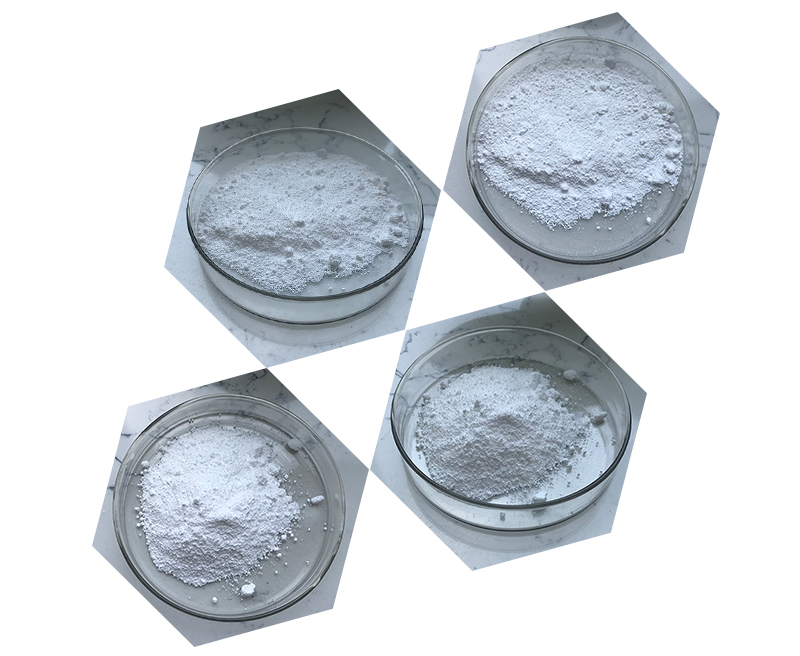Carbomer 940 and Carbomer 941 are both types of crosslinked polyacrylic acid polymers commonly used in cosmetics and pharmaceuticals for their ability to thicken and stabilize formulations. The main difference between the two lies in their specific properties and typical uses:
Carbomer 940:
- Viscosity: Carbomer 940 typically provides a higher viscosity when dispersed in water compared to Carbomer 941. It forms a thicker gel at lower concentrations.
- Use: It is commonly used in products where a thicker, more stable gel or suspension is required, such as in clear gels, lotions, and creams. It’s also more suitable for products requiring a smooth, non-gritty texture.
- pH: Carbomer 940 is more pH-sensitive, meaning that its viscosity can change more dramatically with shifts in pH, typically requiring neutralization with a base to activate its gelling properties.

Carbomer 941:
- Viscosity: Carbomer 941 generally provides a lower viscosity than Carbomer 940, even at higher concentrations.
- Use: It is more often used in formulations where moderate viscosity is needed, such as in certain emulsions, gels, and liquid formulations. It is preferred for systems requiring a thinner consistency or when a more transparent gel is desired.
- pH: Carbomer 941 is less sensitive to pH compared to Carbomer 940, and it’s often used in more stable formulations where slight pH changes are less likely to affect the viscosity.

Key Differences:
- Viscosity: Carbomer 940 gives a thicker, more viscous gel, while Carbomer 941 provides a slightly less viscous gel.
- Formulation Preference: Carbomer 940 is often preferred for thick creams and gels, while Carbomer 941 is used in formulations where a lighter gel or liquid with less viscosity is desired.
- pH Sensitivity: Carbomer 940 is more sensitive to pH changes than Carbomer 941.
Both are effective thickeners, but the choice between them depends on the desired thickness, transparency, and sensitivity to pH in the formulation.
